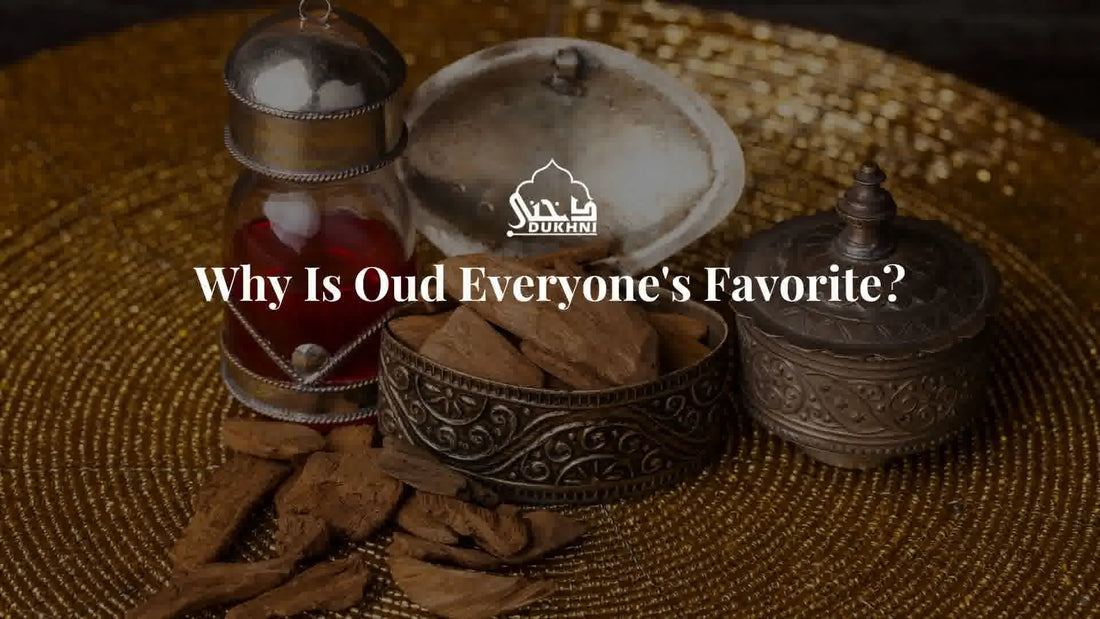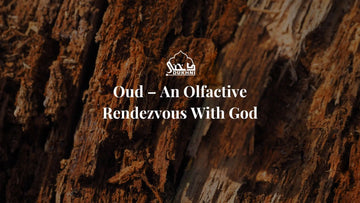Why Is Oud Everyone's Favourite?

A perfume connoisseur may regard oud as a prized possession. However, truth be told, oud may not be for everyone from the very beginning. The fragrance of oud is heady and evokes strong and intense smells primarily described as animalic. Depending on your body chemistry with the resinous fragrance, your experience may be very different. It's because oud is an active organism that reacts to body contact, climatic conditions of your environment, time of the day, layering with other fragrances, etc. Thus, oud will be an aromatic experience as unique as you!
While oud is a product of infected Agar trees, the procurement is similar to that of maple syrup. The infected wood is brought to a distillery where the separation of wood parts and resin parts is carried out. The actual wood part is broken as chips to be later burned on charcoal for fragrance or used in the making of bakhoor (incense), and the resinous part is what becomes oil to be used in perfumes and attars. Oud is said to have two types essentially, black oud and white oud. While black oud is more potent with a dominating spell, white oud, is a softer rendition of the aromatic ‘liquid gold’.
Did you know that oud is not just the modern-day obsession of the populace, but that its roots go back to the many religious scriptures of yore! In many cultures, it’s called upon for its medicinal properties, a catalyst to spiritual upliftment, to even chosen for the utmost special occasions. Today, however, it signifies an epitome of sophisticated choice among the community of perfume lovers. Oud, going beyond just an aromatic commodity, is rather an exploration of yourself.
No comments
















0 comments